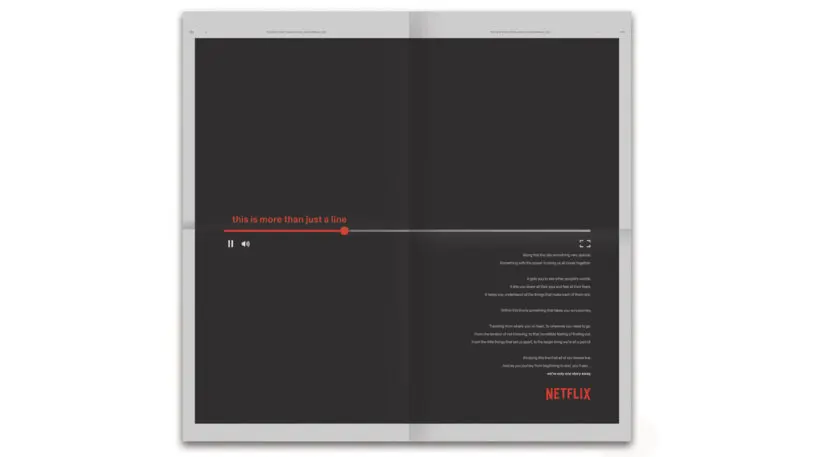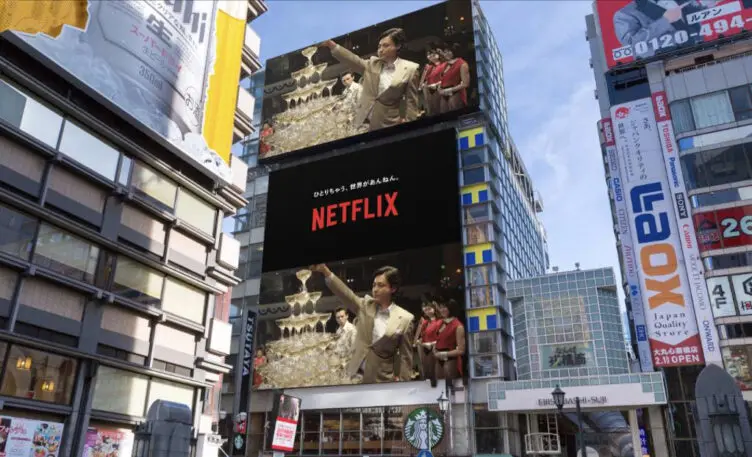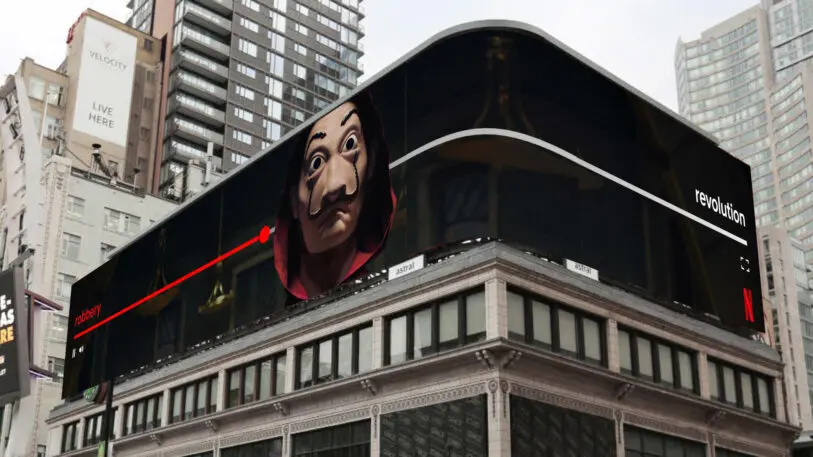So far this week, Netflix has announced an upcoming doc on K-pop sensations Blackpink and released a stylishly creepy trailer for the newest adaptation of Daphne du Maurier’s Rebecca, and CEO Reed Hastings launched his new book on the company’s culture of reinvention.
The hype around the company tends to focus on the content, which makes a good amount of sense since it started churning out original shows and movies like Nike does sneakers. Or it’s the corporate leaders such as Hastings, talking about the downside of pandemic-imposed working from home. Point is, the focus around Netflix is rarely on the Netflix brand, but rather what the company facilitates for us.
In terms of marketing, that’s translated into campaigns and social engagement that pointed the spotlight on individual pieces of content, particularly tentpole originals such as Stranger Things, or large fan bases it hopes to woo, such as African Americans via Strong Black Lead, as opposed to itself.
Now, the company is aiming to make a statement about what it wants to be to you with its first-ever global brand campaign.
Of course, given the sheer amount of Netflix many of us have tapped directly into our veins since March, it probably could’ve just been a giant blank screen with a red “You’re welcome” on it. But it’s not.

“Sure, there’s a lot you may not know,” she says. “But that’s exactly what makes a story worth watching. Because in the end we’re only one story away.”
That’s because everyone’s experience on the streamer is different based on their tastes, but there still are common threads that tie it all together. One that the brand’s marketers are betting on is how our perspectives change after we’ve watched something. In a blog post, Netflix vice president of brand Eric Palotta writes, “The TV shows and films we watch bring out all sorts of different emotions, give us perspectives we’ve never seen before and even make us feel closer to each other.”
It’s that before-and-after that led to the progress bar emerging as another potential brand symbol. Netflix knows it has instantly recognizable iconography: the Netflix N, the color streams that play before starting something, and of course, the ‘DUH-dunnnnnng’ sound.
Now it wants to build on that by using the progress bar as a metaphor for that journey every viewer goes on.

Part of appealing to those global audiences is adapting the new spot to be narrated by homegrown talent. French actor Omar Sy narrates the ad in France, for example, while comedian Hannah Gadsby is the voice in Australia.

As brand building goes, it’s perhaps the company’s weakest link. It’s no shocker that this push comes now, amid the launches and continued growth of rival streaming platforms such as Disney Plus, Amazon Prime Video, HBO Max, and NBC’s Peacock, among others. Many of these are strong brands looking to extend our consumer goodwill to streaming, while Netflix is playing it the other way by translating an unmatched streaming strength into a stronger brand.
Are you still watching?
Recognize your brand’s excellence by applying to this year’s Brands That Matter Awards before the early-rate deadline, May 3.
